European
Southern
Observatory
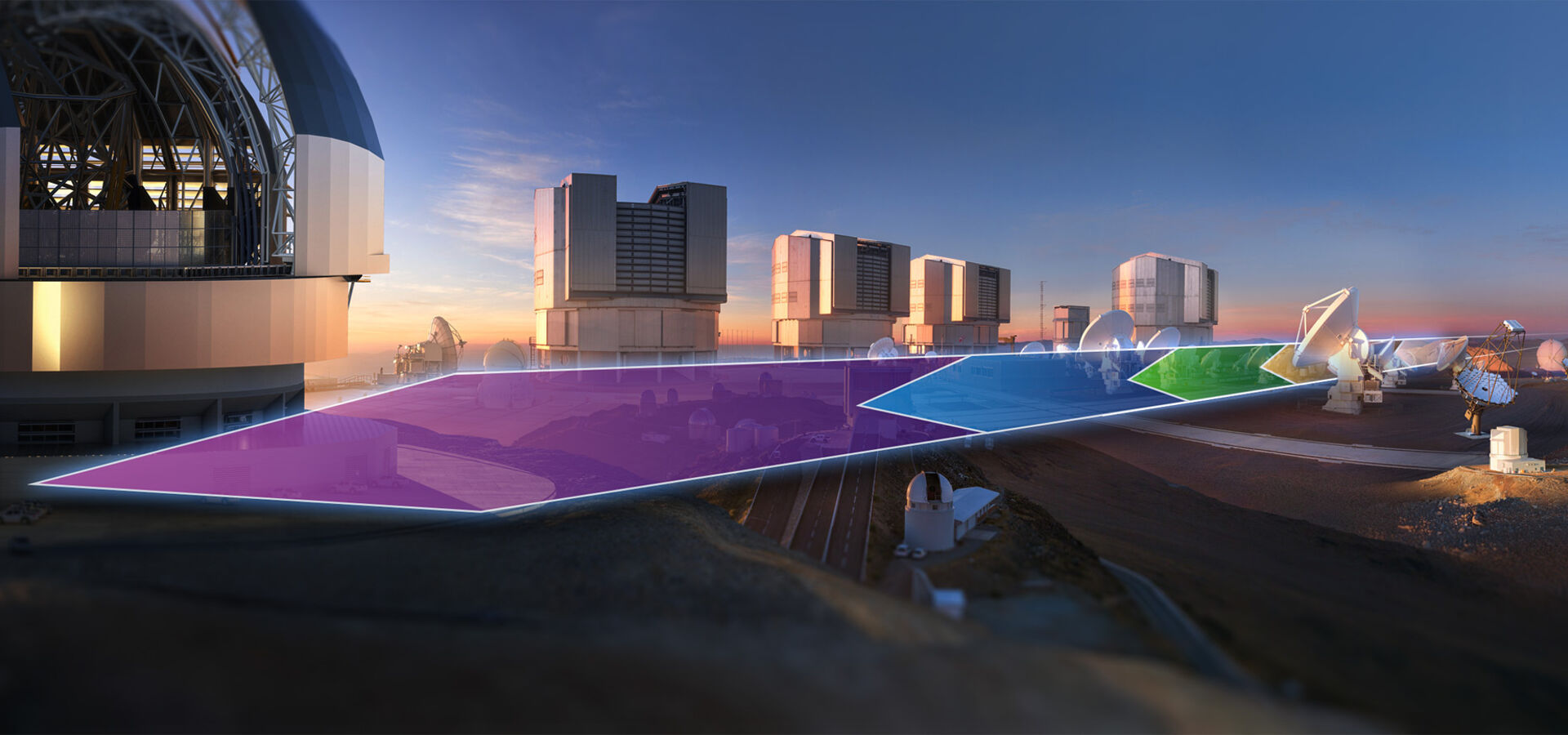

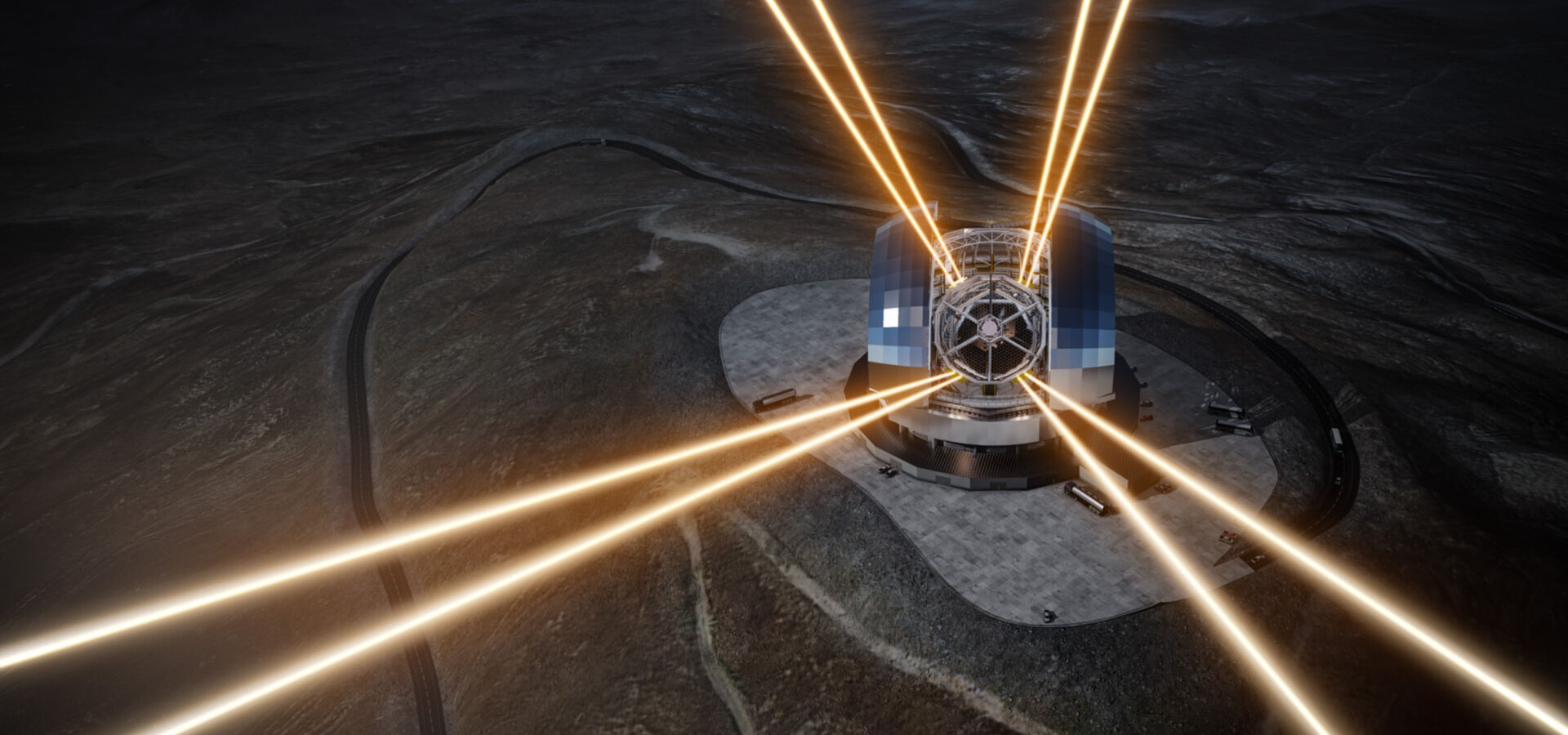
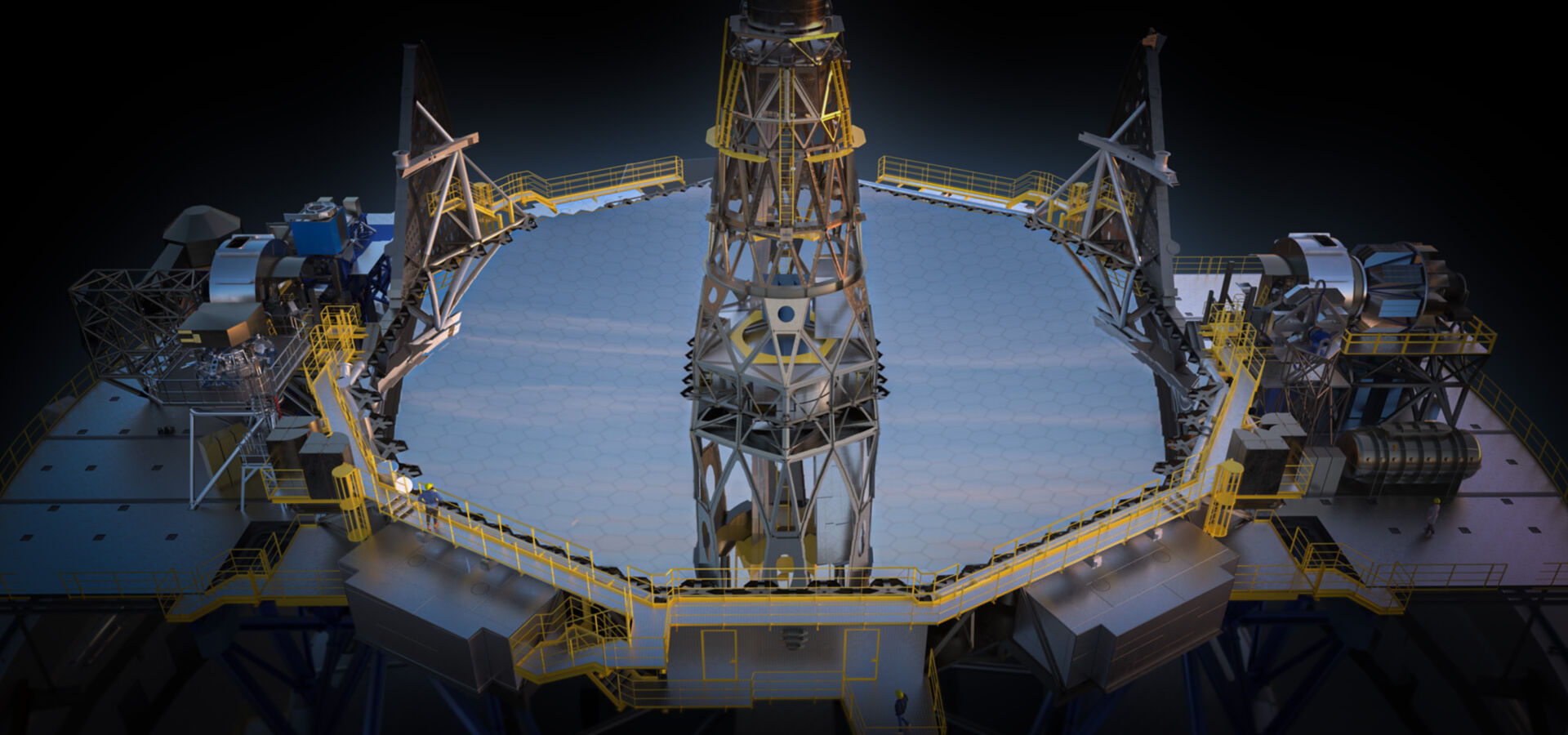
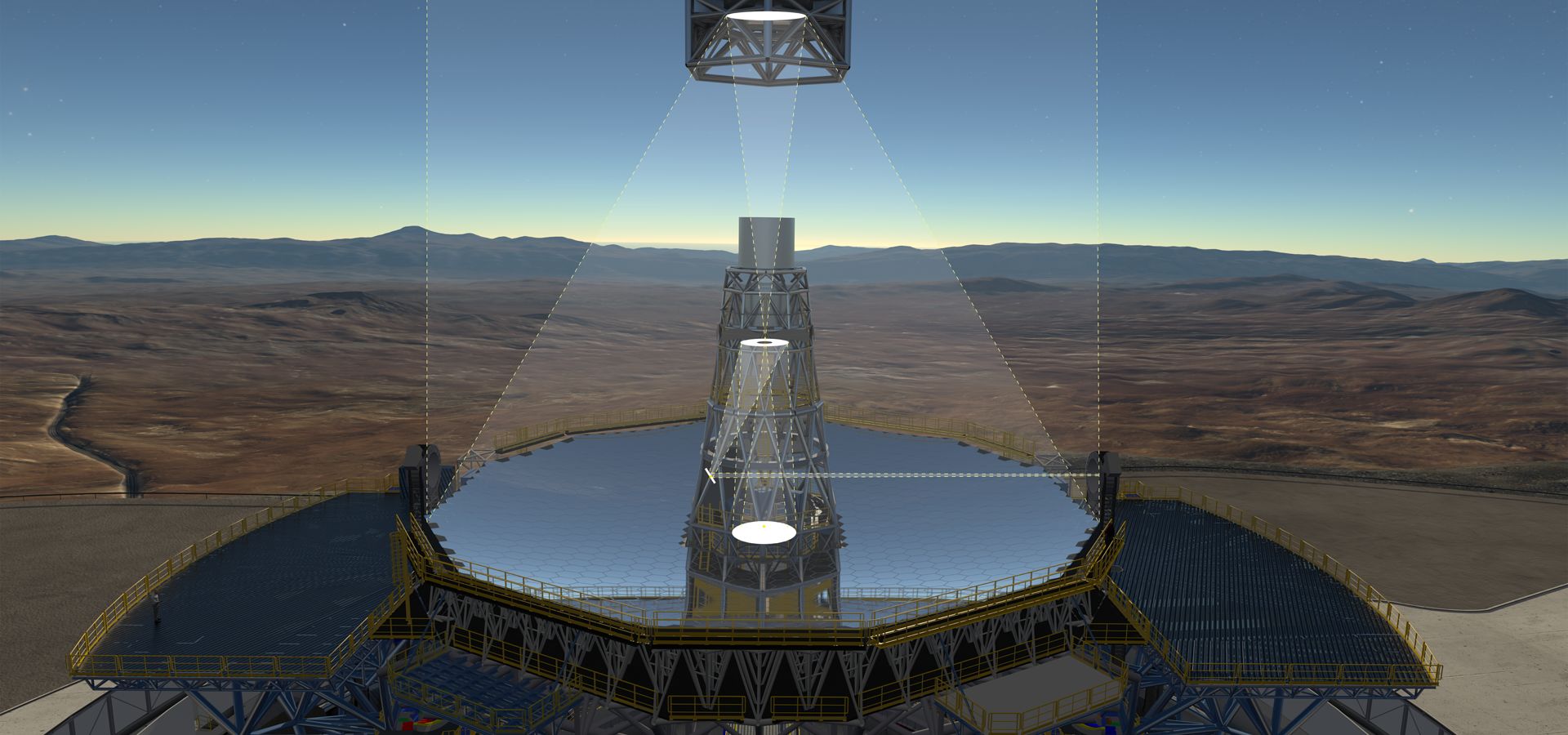
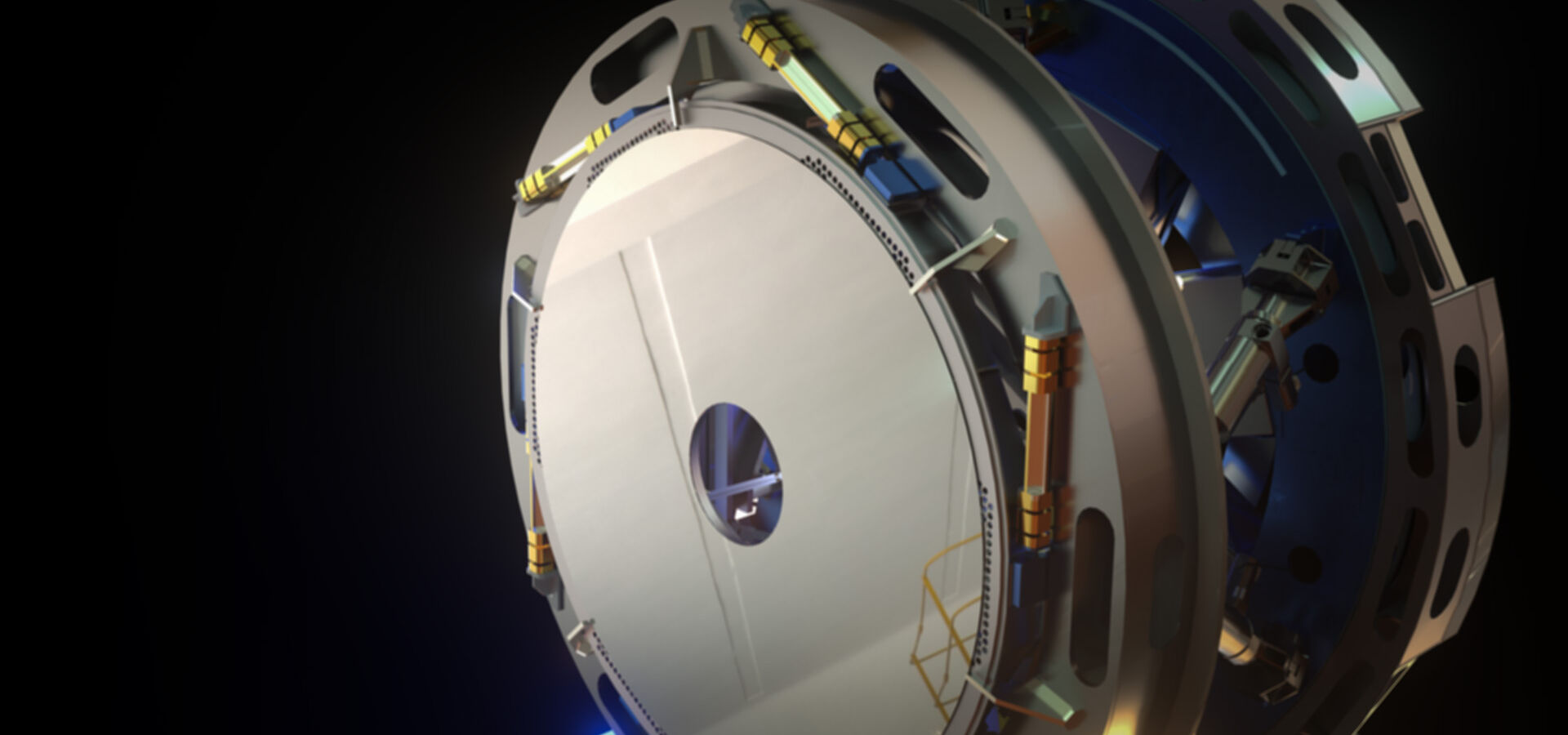
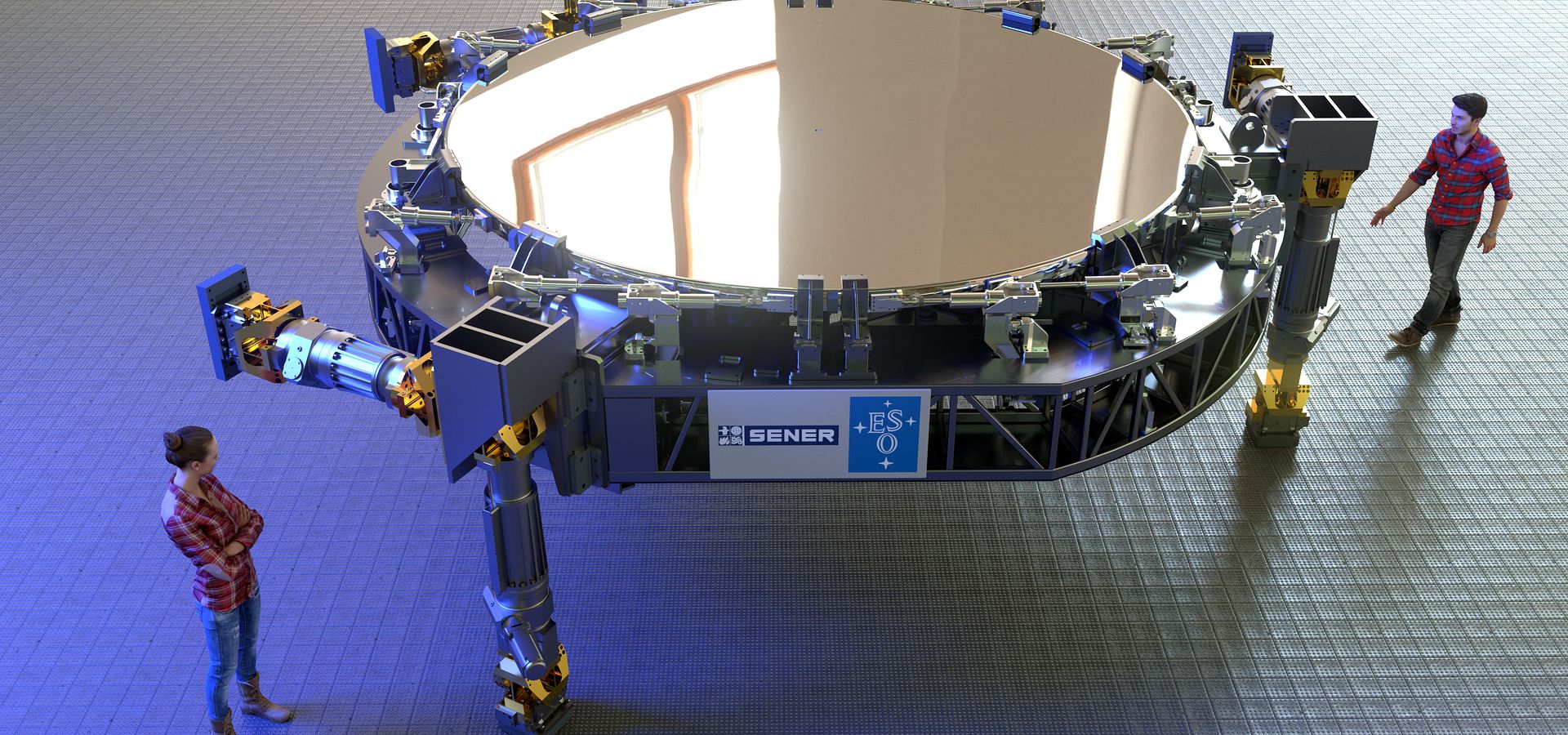
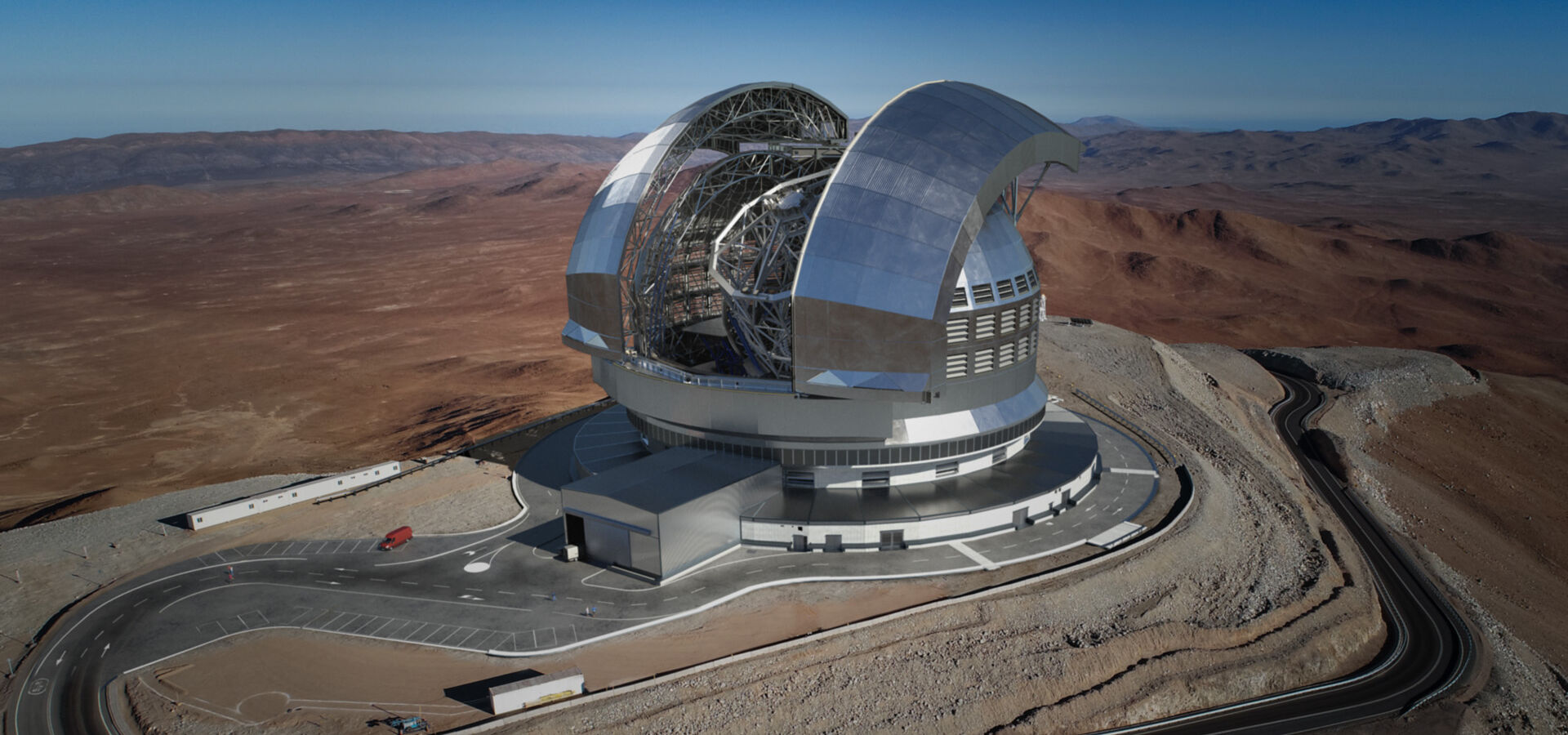
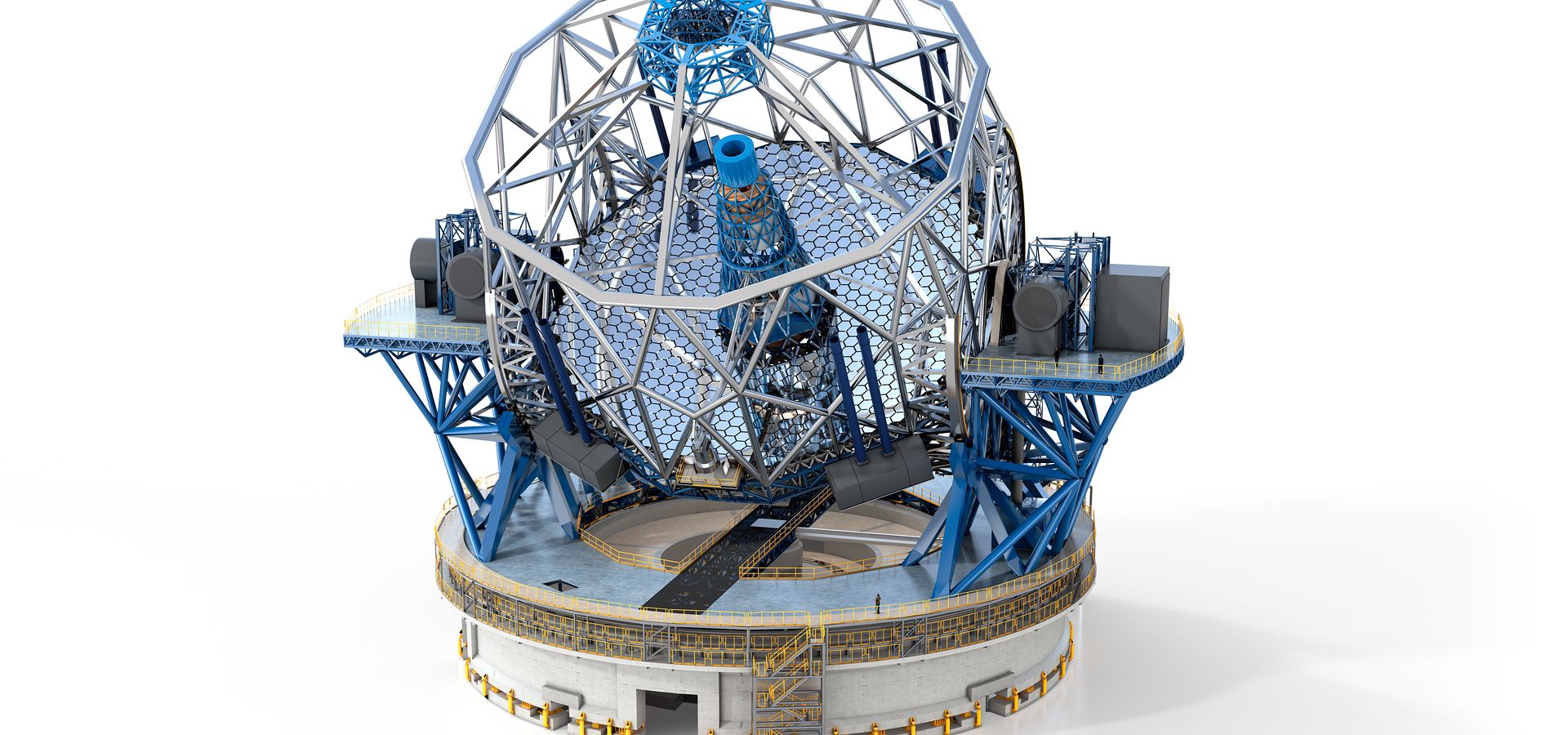
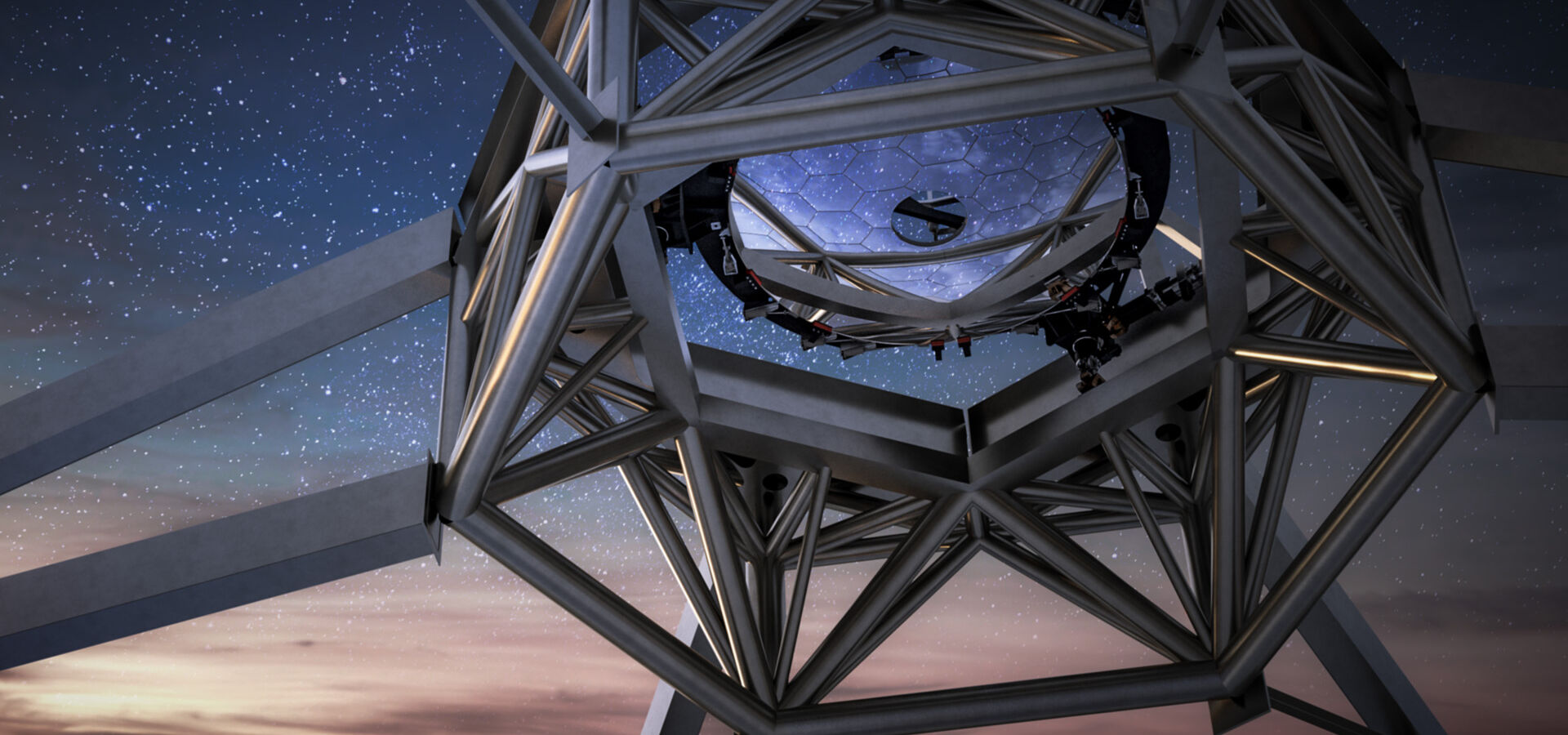
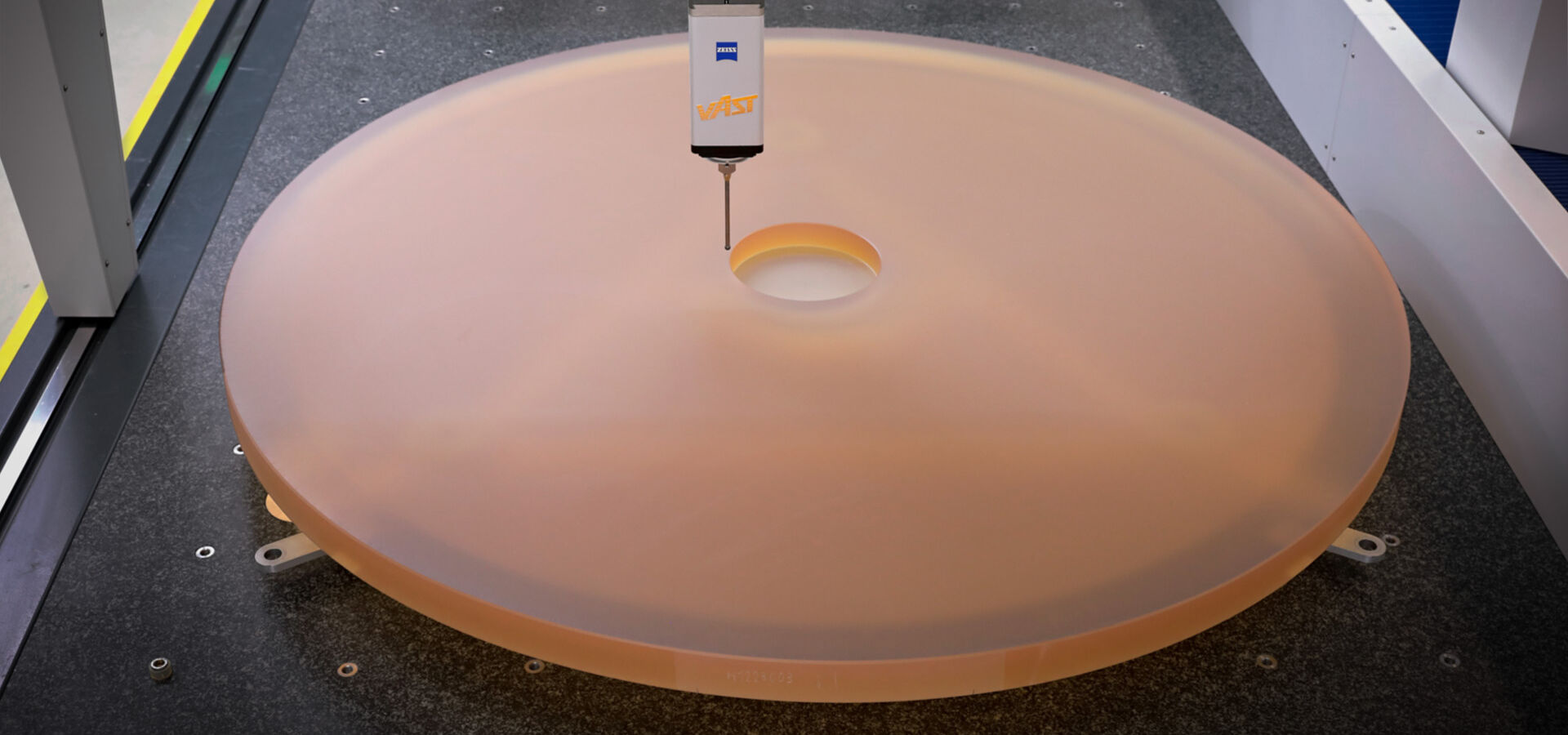


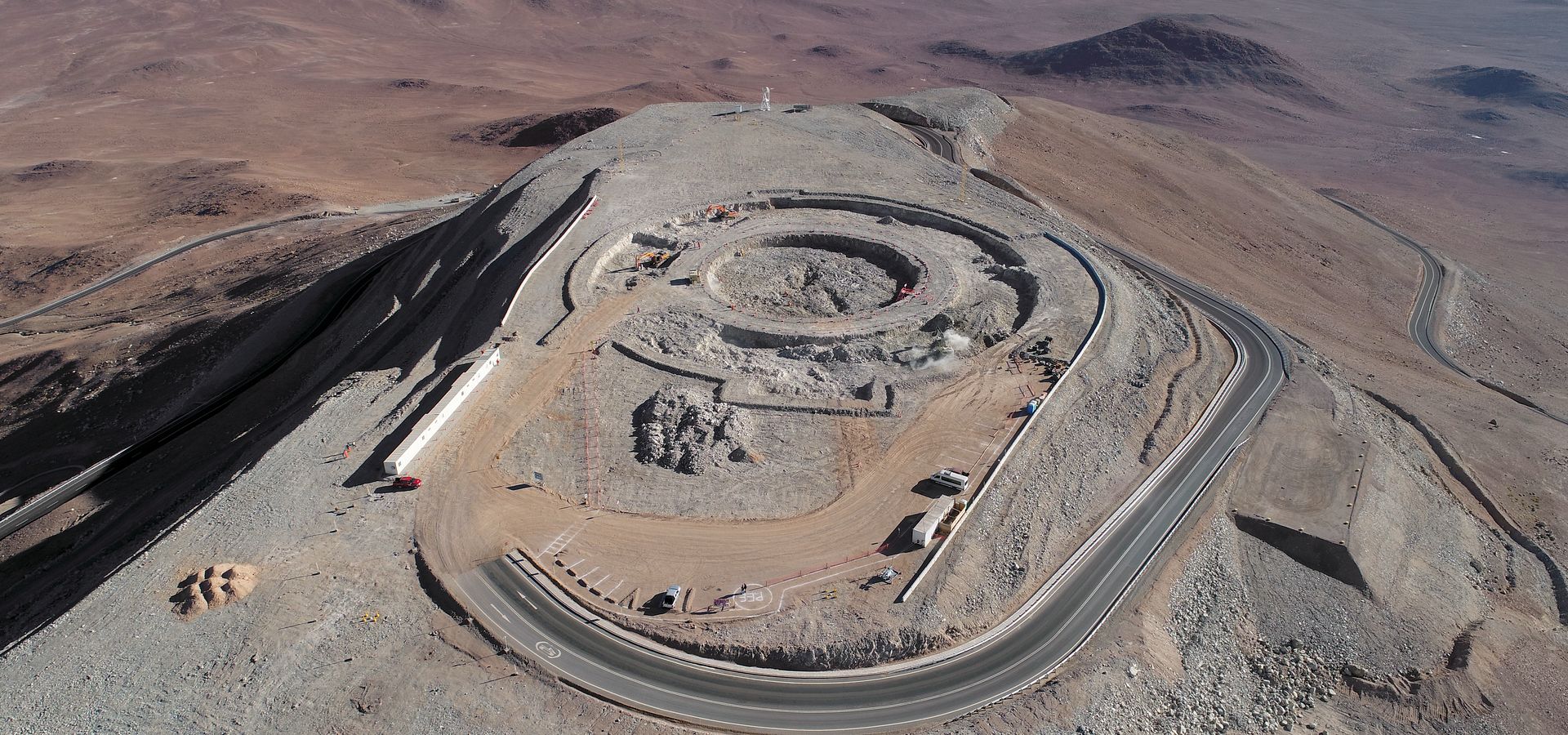
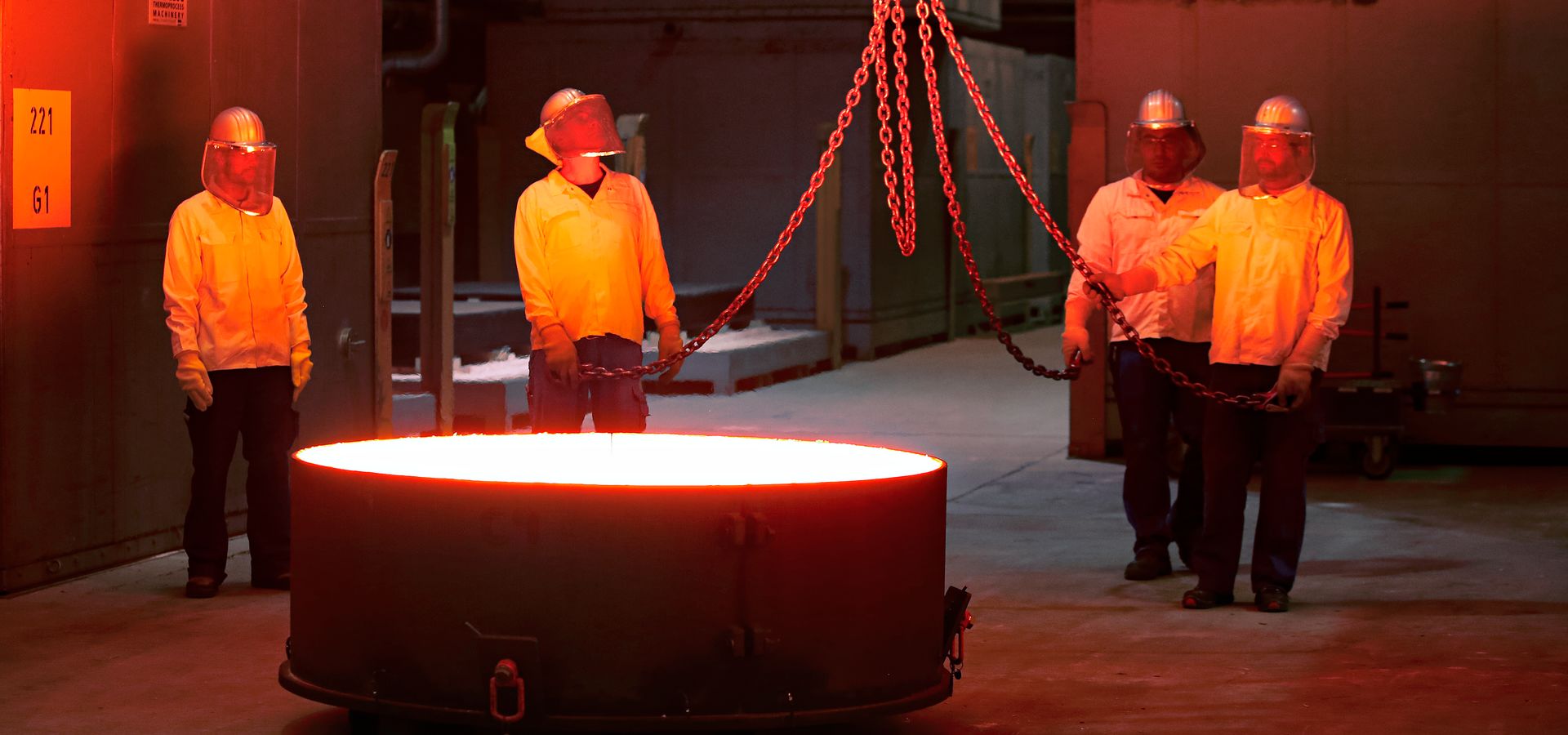
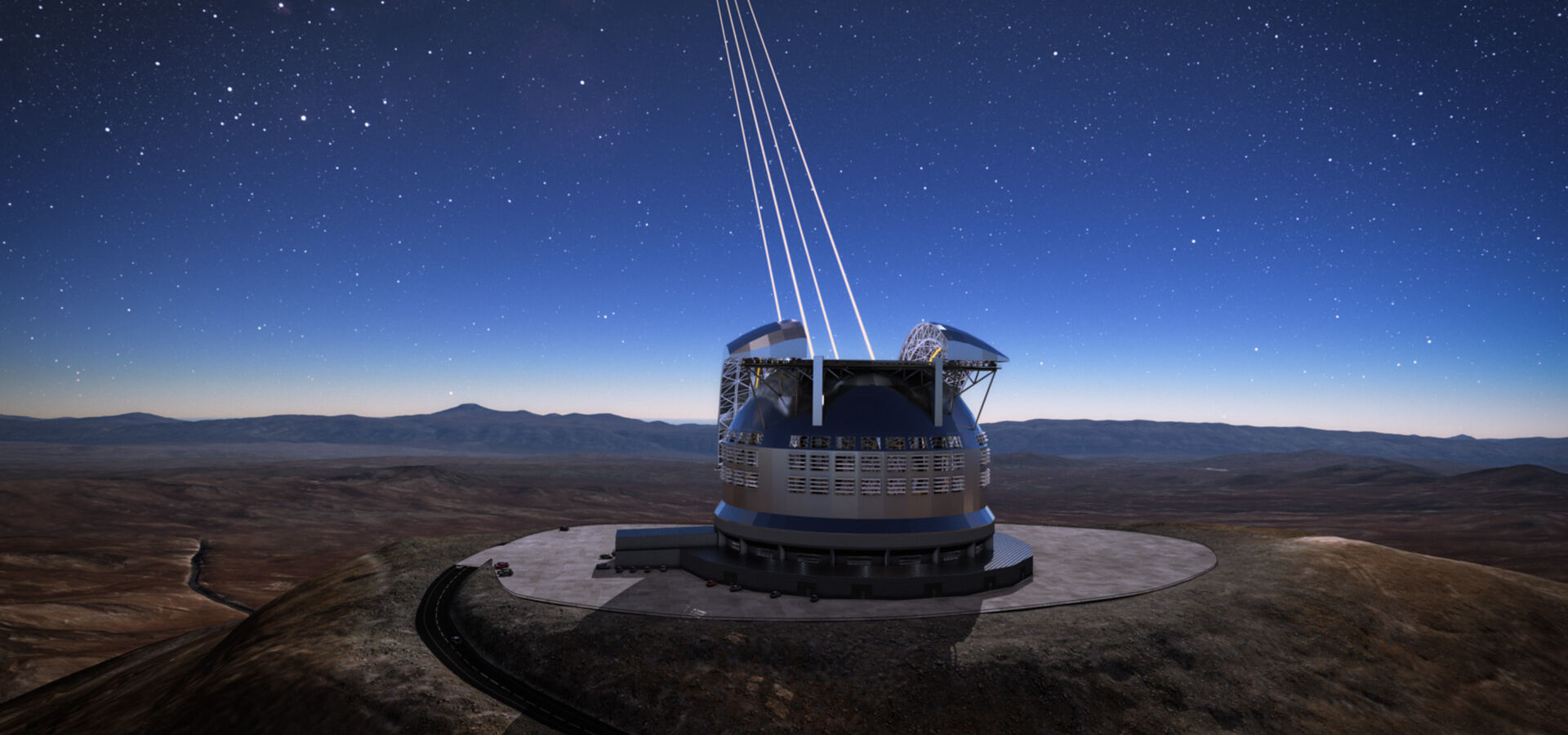
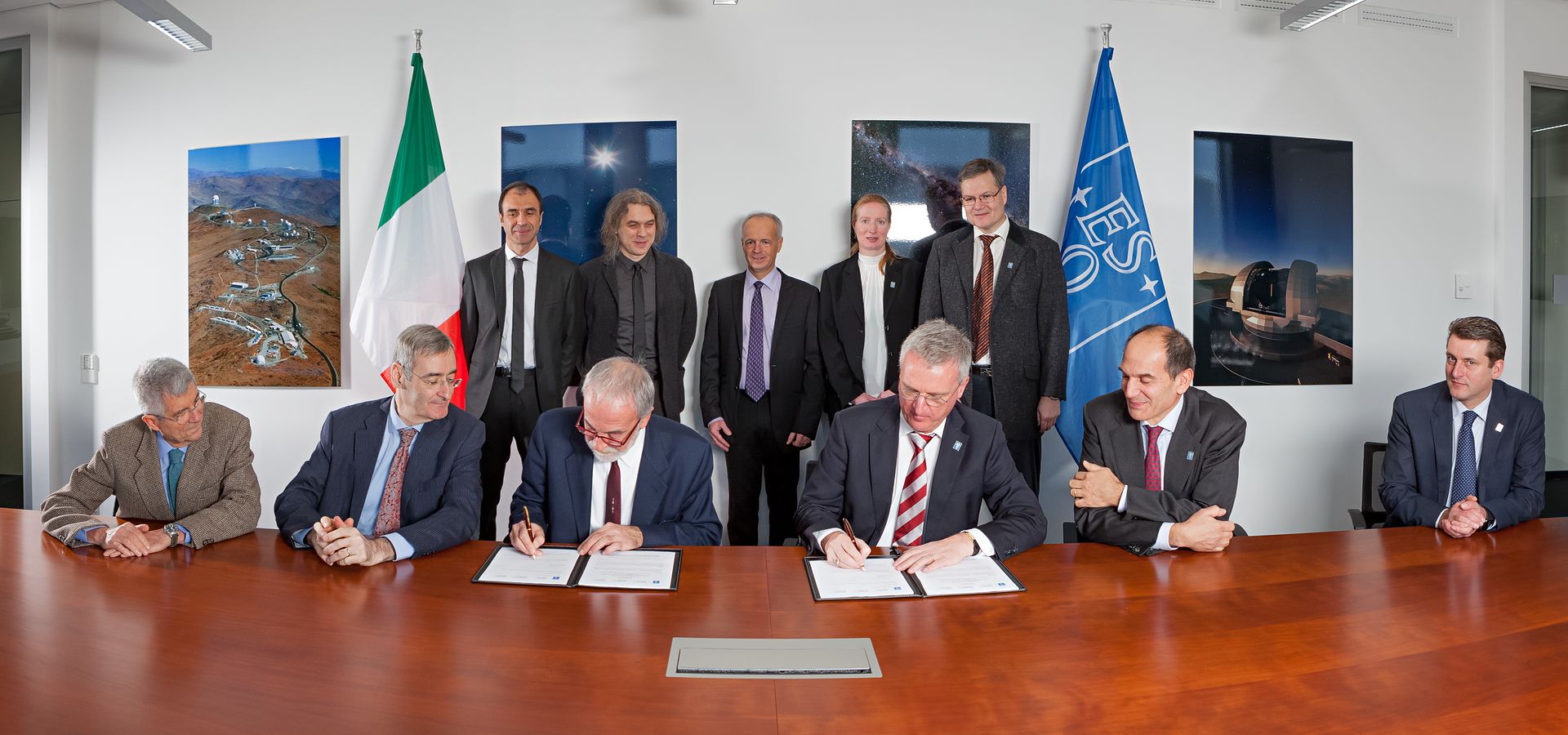
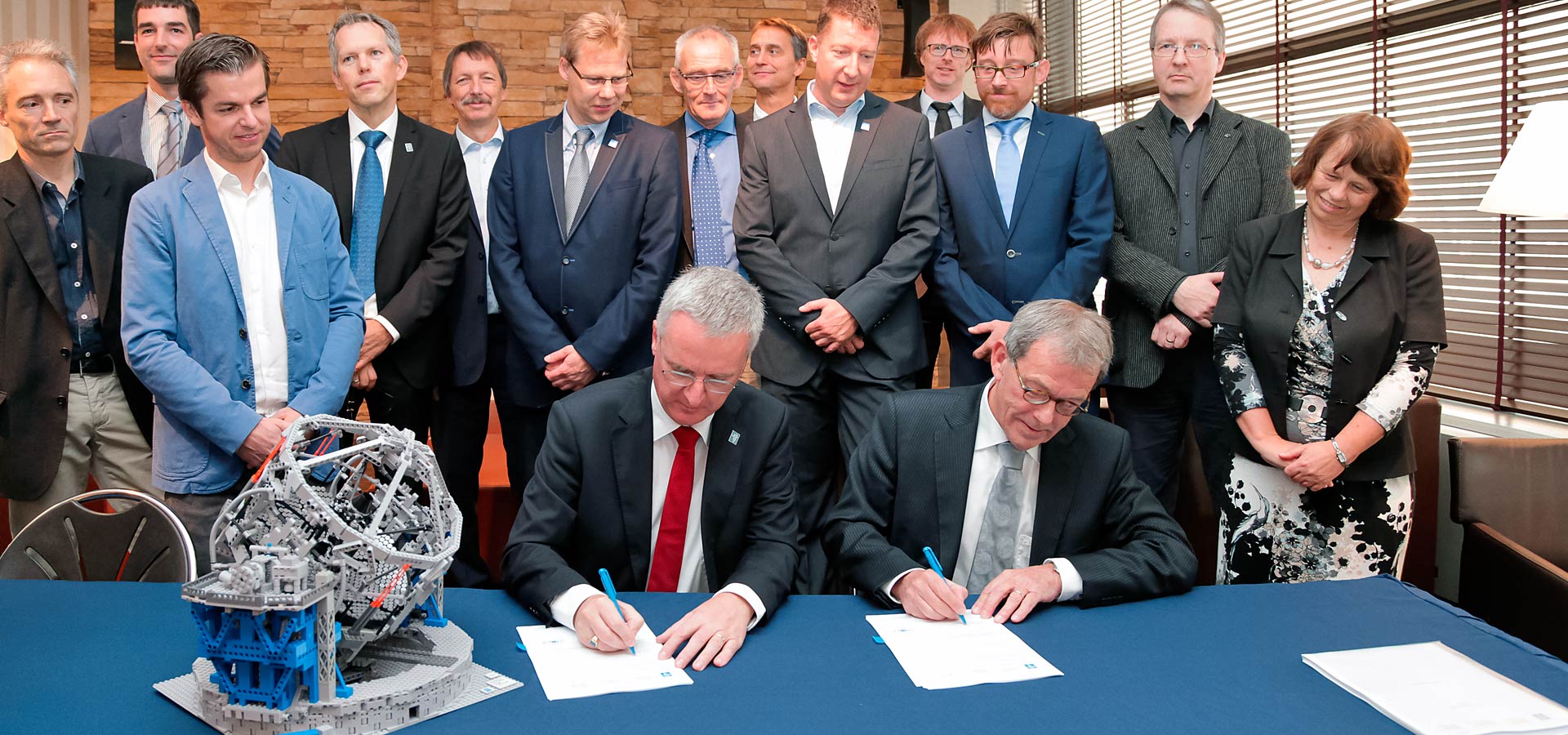
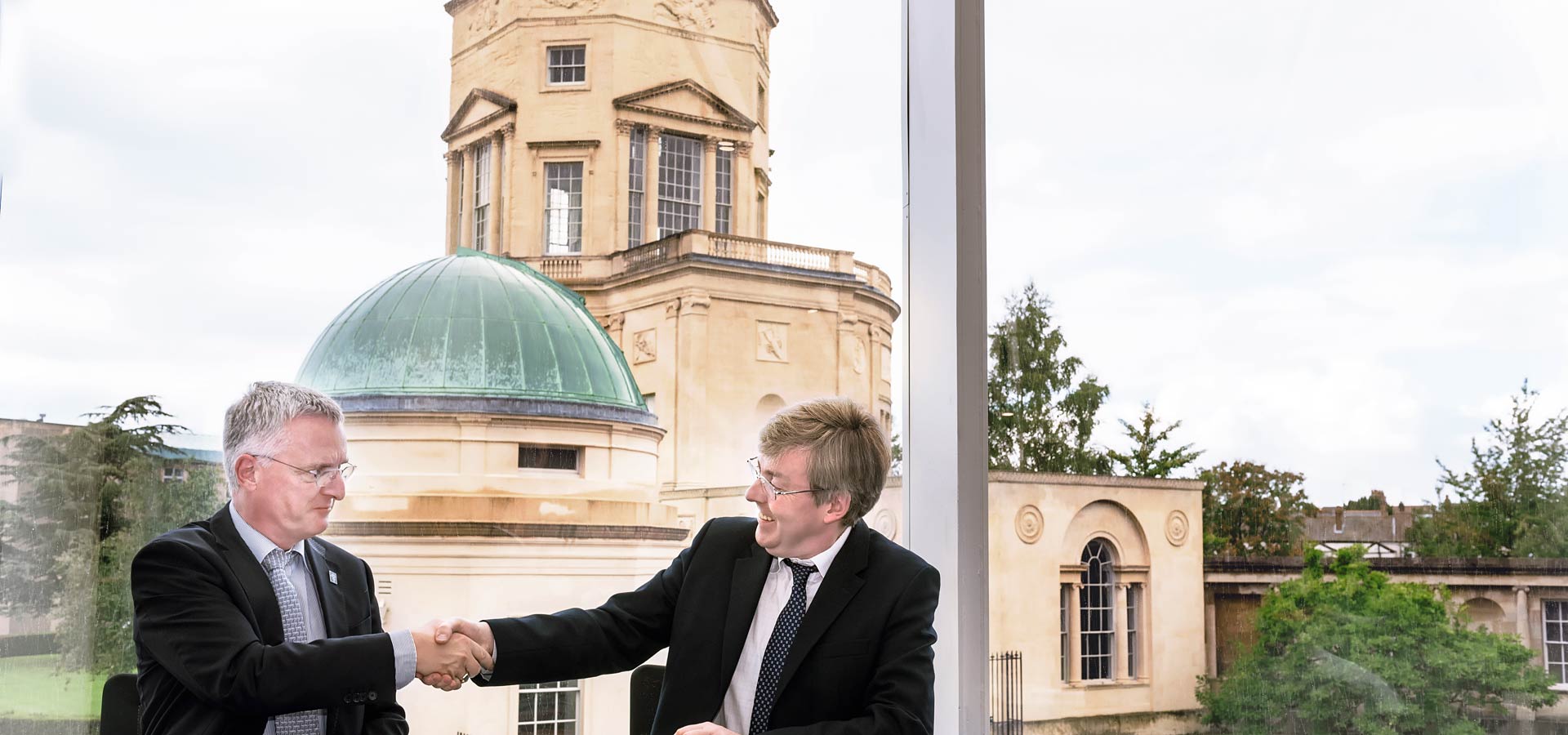
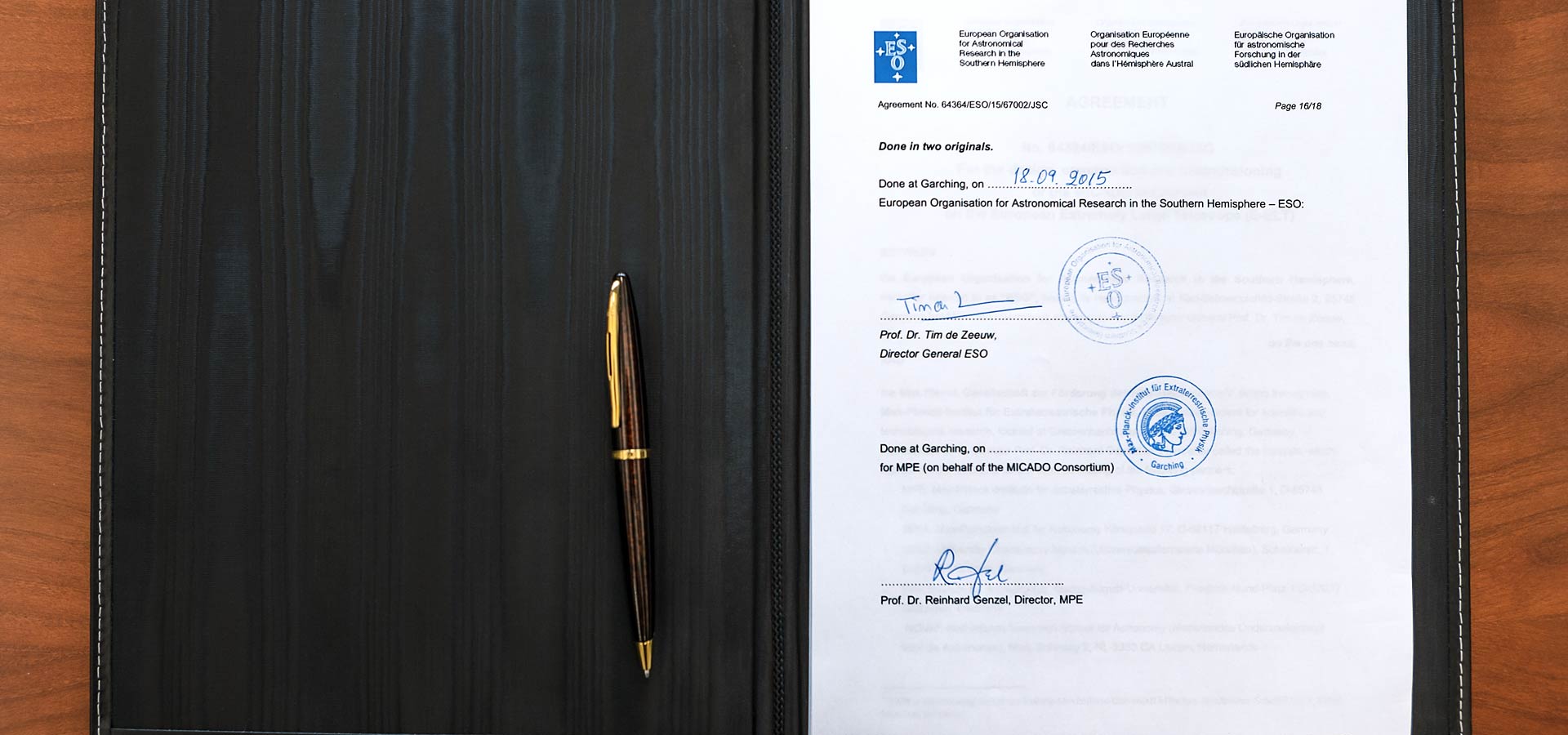
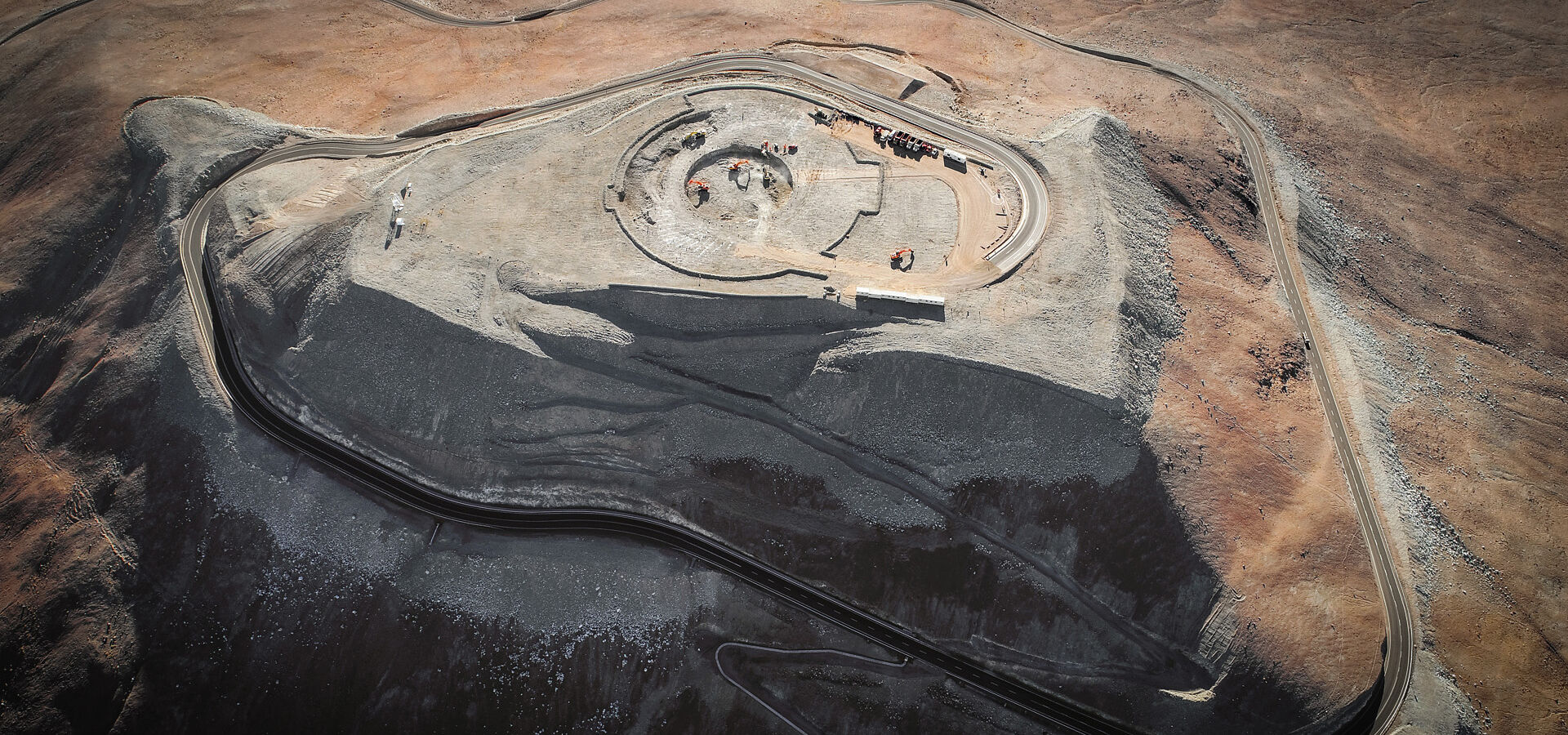
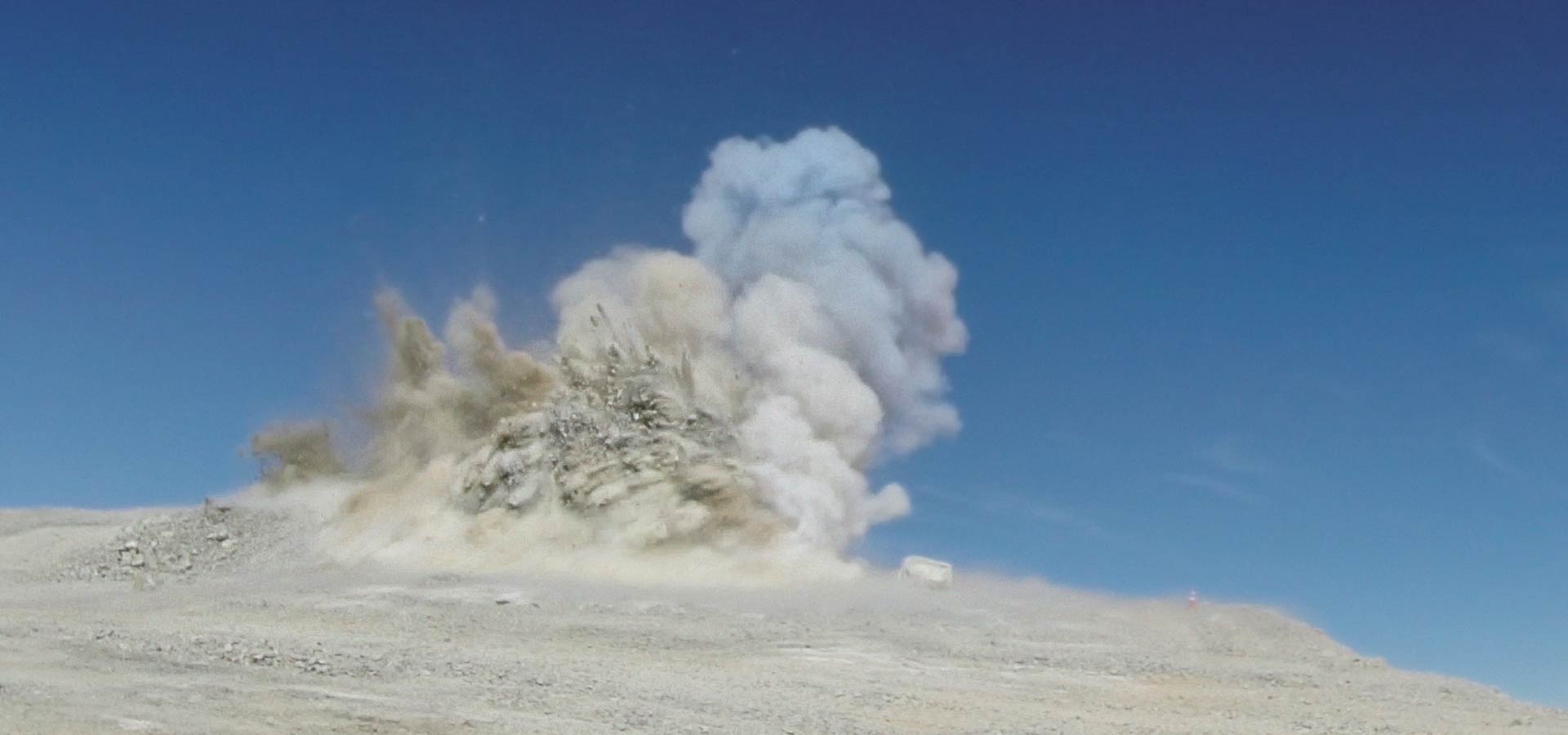
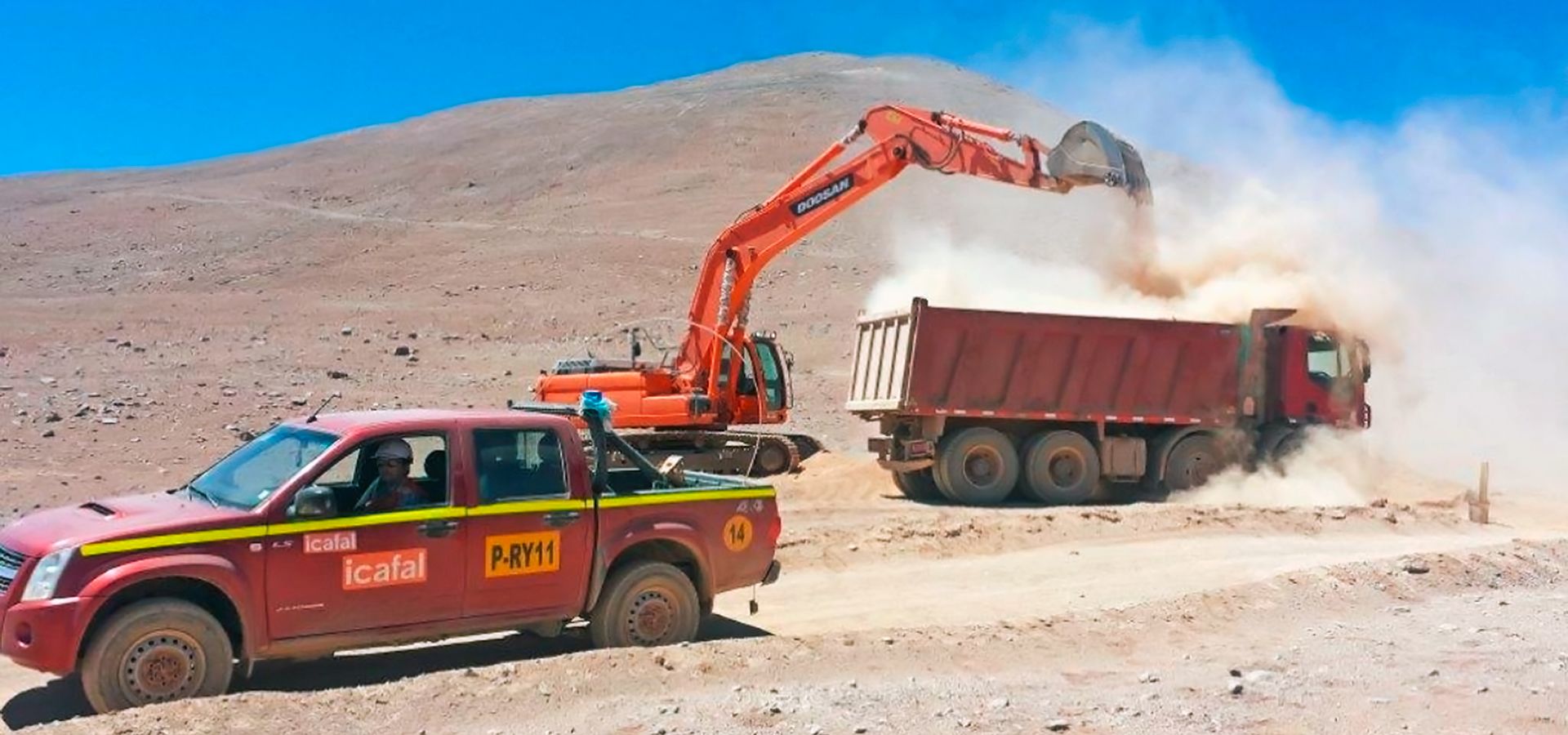
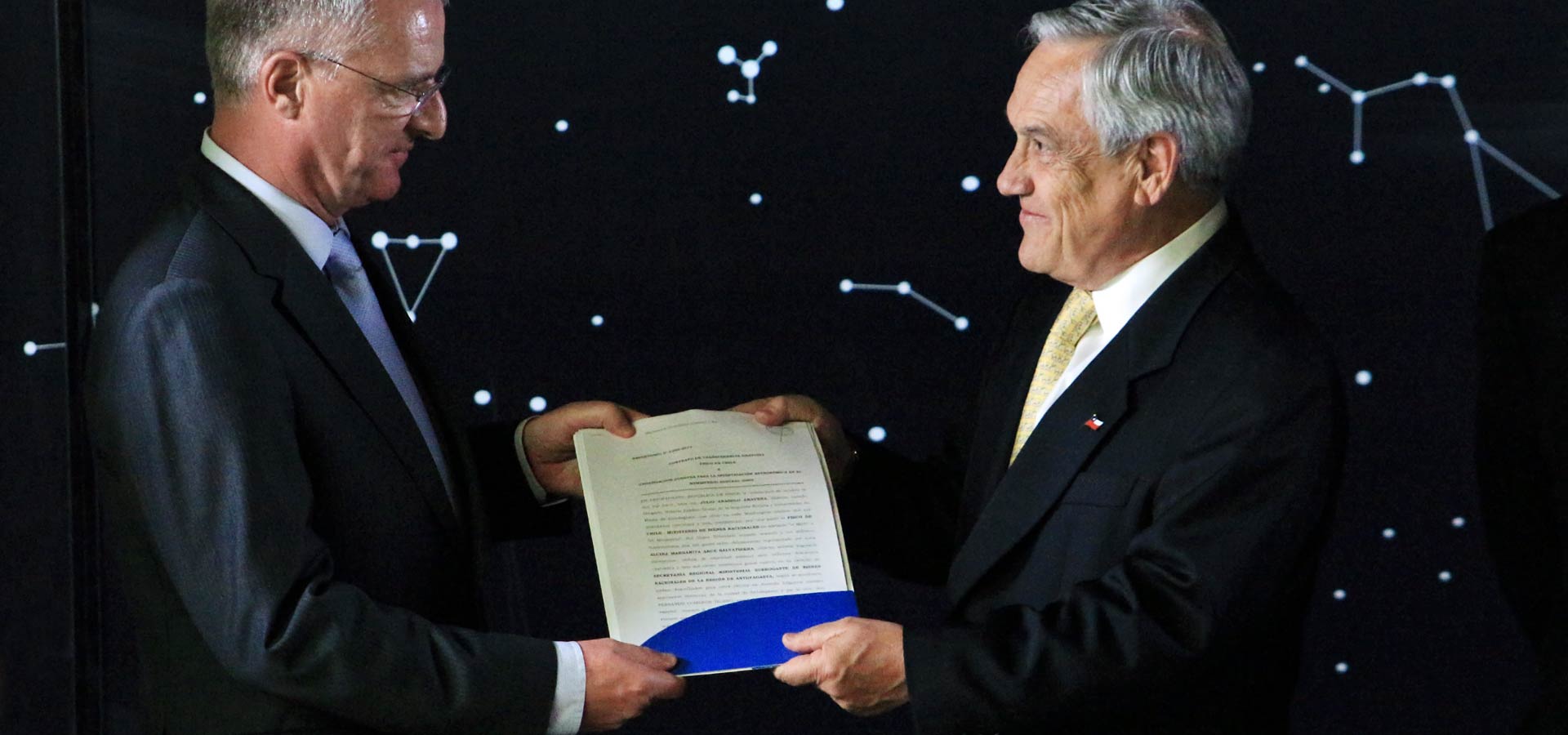
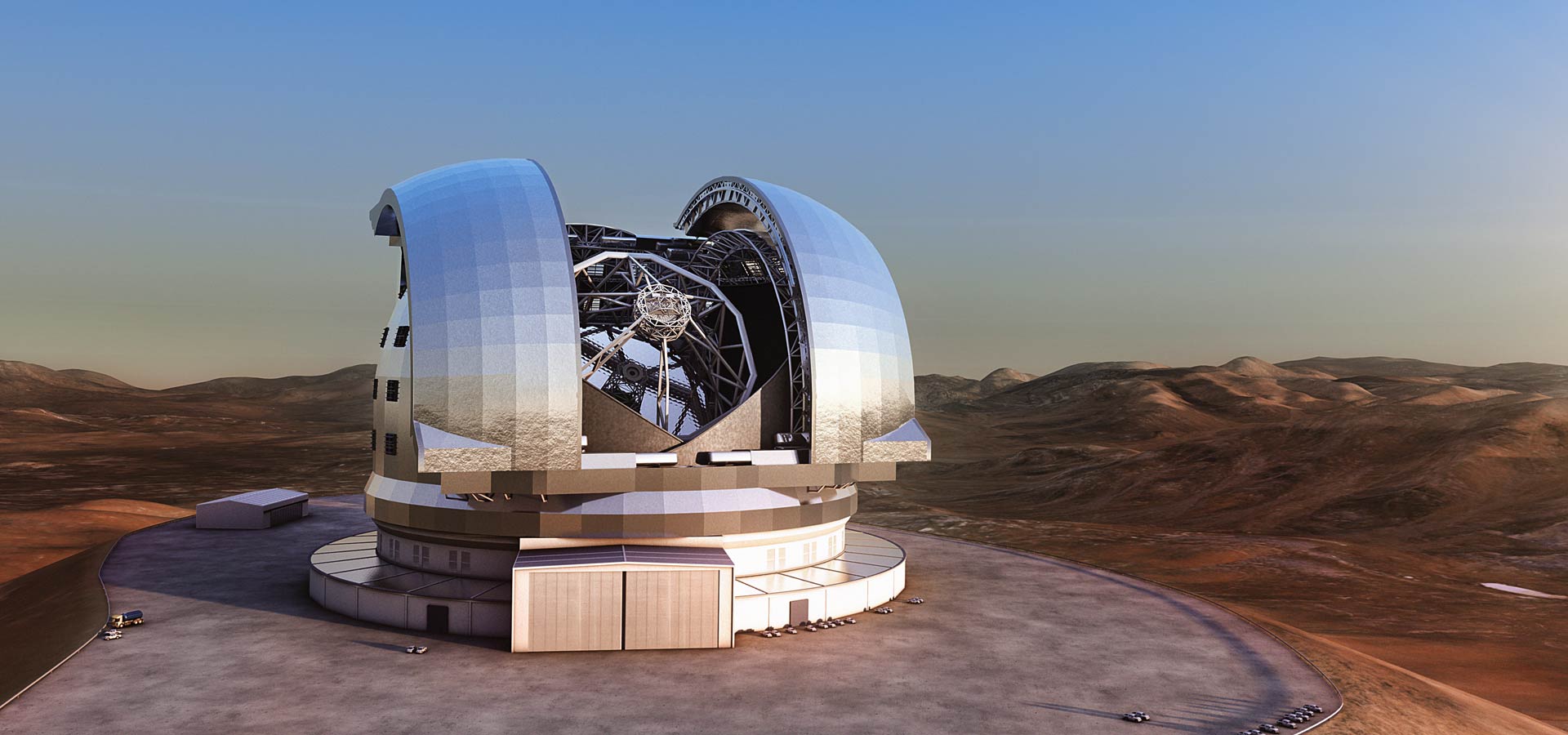
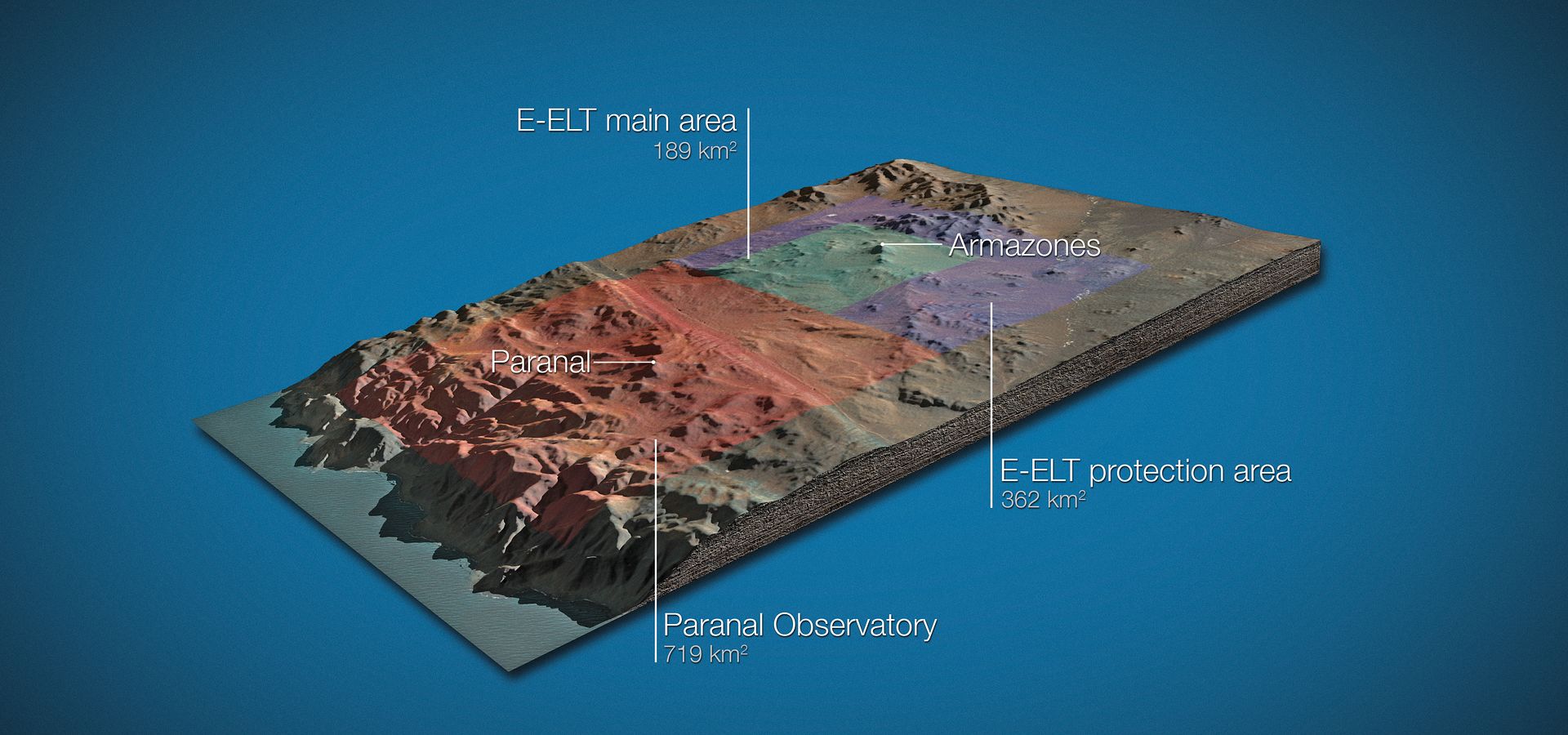
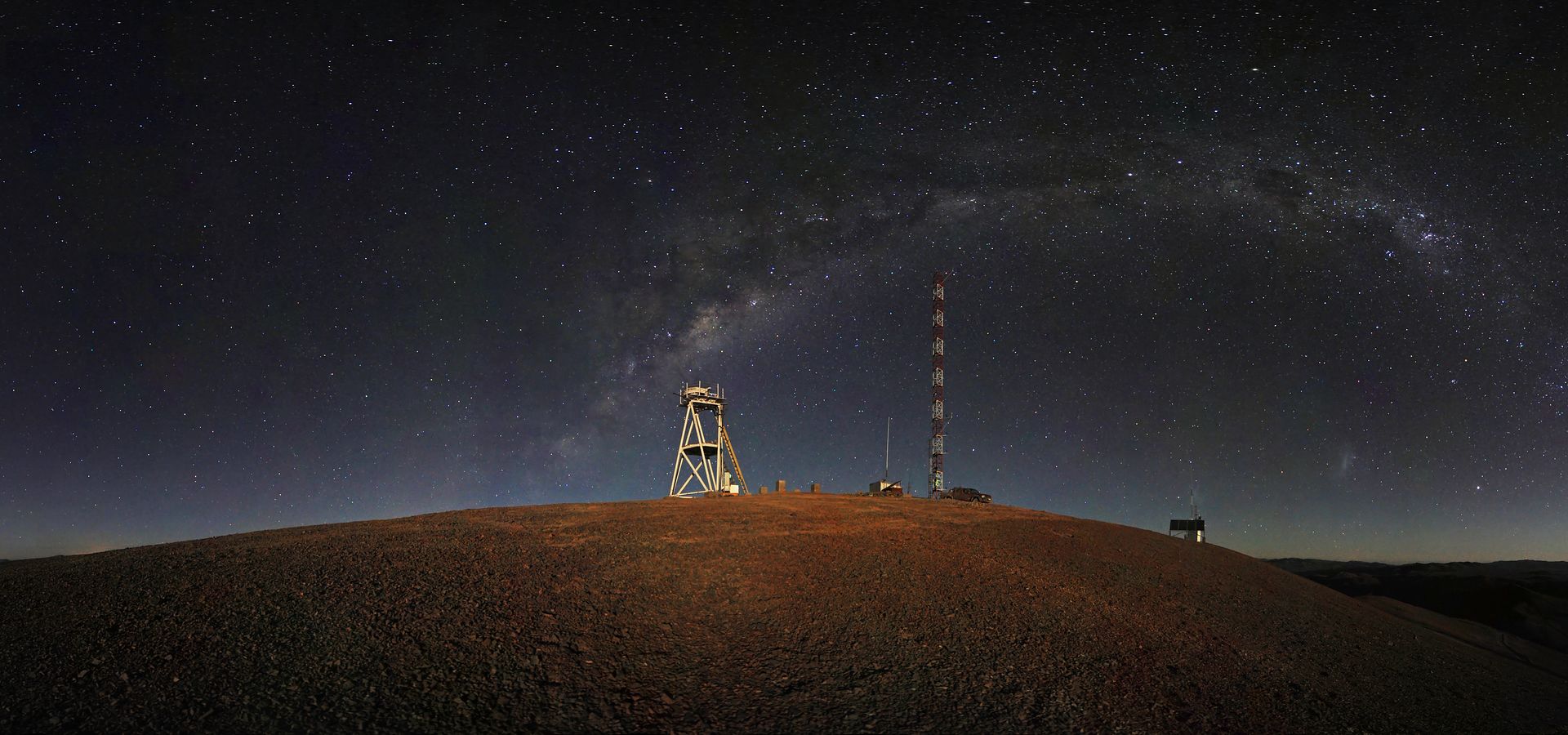
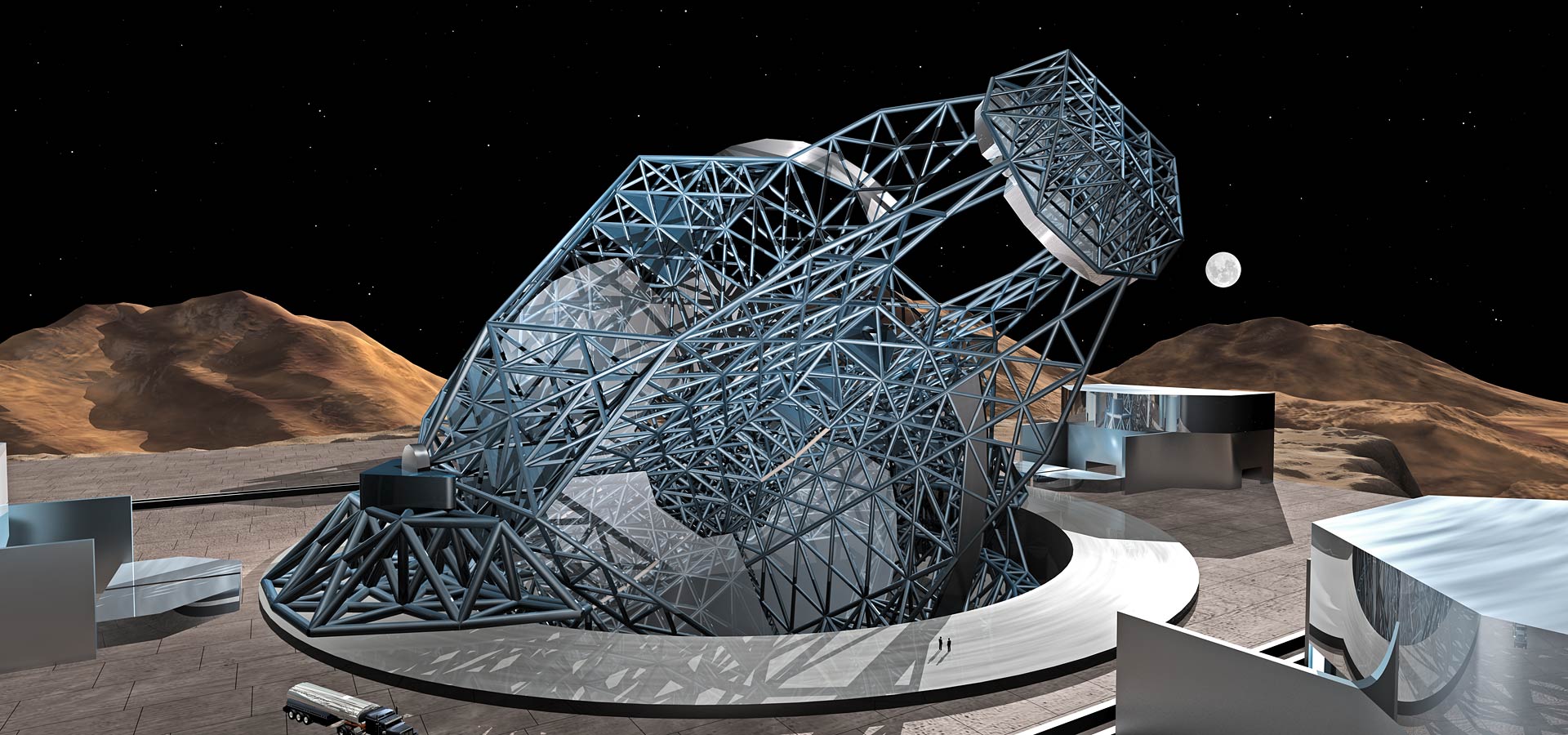
The first observations with scientific instruments are expected to be delivered in December 2030
The ELT is set to make its first test observations in early 2029
The installation of the 798 segments that make up M1, the ELT's main mirror segments is planned to be completed in 2027.
M5 is the fifth mirror in the ELT light path. With a size of 2.7 x 2.1 metres, it is the biggest tip-tilt mirror ever employed in a telescope.
M4 is the fourth mirror in the ELT light path, and the largest adaptive mirror ever built, with a diameter of 2.4 metres.
M3, the third mirror in the ELT’s light path has a diameter of 3.75 metres.
The ELT dome is the largest telescope dome in the world. It is expected to be fully completed in early 2027.
The main structure of the ELT telescope will hold its five mirrors and instruments and is anticipated to be completed in late 2026.
The ELT's secondary mirror is expected to be completed in early-mid 2025. With a diameter of 4.25 metres, M2 will be the largest of its kind in the world.
The first 18 of the 798 segments for the ELT primary mirror arrived at the ELT Technical Facility in Chile.
In 2023, the ELT surpassed an important milestone, with more than 50% of the project completed.
Manufactured by SCHOTT, the first M1 segment blank was completed at the end of August 2018. M1 is the primary mirror of the ELT and, when completed, will be 39 metres in diameter and consist of 798 segments.
The first hexagonal segments for the main mirror of ELT were successfully cast by the German company SCHOTT.
At a ceremony in Garching bei München, Germany, ESO signed the contract with the ACe Consortium for the dome and telescope structure.
Agreement signed for the ELT's MAORY instrument, since renamed to MORFEO
ESO has signed an agreement for the design and construction of METIS
ESO’s main governing body, the Council, gave the green light for the construction of the ELT in two phases.
Part of the 3000-metre peak of Cerro Armazones was blasted away as a step towards levelling the summit in preparation for the construction of the ELT.
The civil works for the ELT began. The Chilean company, ICAFAL Ingeniería y Construcción S.A. (ICAFAL), started the construction of a road to the summit of Cerro Armazones.
The President of Chile Sebastián Piñera handed over the legal documents by which the Chilean government transferred the land around Cerro Armazones to ESO.
ESO’s governing body, the Council, met at the ESO Headquarters in Garching, Germany, and voted to start the ELT Programme.
The Republic of Chile and ESO signed an agreement regarding land for the ELT, including the donation of an area of 189 km2 around Cerro Armazones for the installation of the telescope.
Cerro Armazones was chosen as the site for the ELT by ESO's Council. Cerro Armazones is a mountain at an altitude of 3060 metres in the central part of Chile’s Atacama Desert, some 130 kilometres south of the town of Antofagasta and about 23 kilometres from Cerro Paranal, home of ESO’s Very Large Telescope.
We use cookies that are essential for accessing our websites and using our services. We also use cookies to analyse, measure and improve our websites’ performance, to enable content sharing via social media and to display media content hosted on third-party platforms.
The European Organisation for Astronomical Research in the Southern Hemisphere (ESO) is the pre-eminent intergovernmental science and technology organisation in astronomy. It carries out an ambitious programme focused on the design, construction and operation of powerful ground-based observing facilities for astronomy.
This Cookies Policy is intended to provide clarity by outlining the cookies used on the ESO public websites, their functions, the options you have for controlling them, and the ways you can contact us for additional details.
Cookies are small pieces of data stored on your device by websites you visit. They serve various purposes, such as remembering login credentials and preferences and enhance your browsing experience.
Essential cookies (always active): These cookies are strictly necessary for the proper functioning of our website. Without these cookies, the website cannot operate correctly, and certain services, such as logging in or accessing secure areas, may not be available; because they are essential for the website’s operation, they cannot be disabled.
Functional Cookies: These cookies enhance your browsing experience by enabling additional features and personalization, such as remembering your preferences and settings. While not strictly necessary for the website to function, they improve usability and convenience; these cookies are only placed if you provide your consent.
Analytics cookies: These cookies collect information about how visitors interact with our website, such as which pages are visited most often and how users navigate the site. This data helps us improve website performance, optimize content, and enhance the user experience; these cookies are only placed if you provide your consent. We use the following analytics cookies.
Matomo Cookies:
This website uses Matomo (formerly Piwik), an open source software which enables the statistical analysis of website visits. Matomo uses cookies (text files) which are saved on your computer and which allow us to analyze how you use our website. The website user information generated by the cookies will only be saved on the servers of our IT Department. We use this information to analyze www.eso.org visits and to prepare reports on website activities. These data will not be disclosed to third parties.
On behalf of ESO, Matomo will use this information for the purpose of evaluating your use of the website, compiling reports on website activity and providing other services relating to website activity and internet usage.
Matomo cookies settings:
Additional Third-party cookies on ESO websites: some of our pages display content from external providers, e.g. YouTube.
Such third-party services are outside of ESO control and may, at any time, change their terms of service, use of cookies, etc.
YouTube: Some videos on the ESO website are embedded from ESO’s official YouTube channel. We have enabled YouTube’s privacy-enhanced mode, meaning that no cookies are set unless the user actively clicks on the video to play it. Additionally, in this mode, YouTube does not store any personally identifiable cookie data for embedded video playbacks. For more details, please refer to YouTube’s embedding videos information page.
Cookies can also be classified based on the following elements.
Regarding the domain, there are:
As for their duration, cookies can be:
Cookie settings: You can modify your cookie choices for the ESO webpages at any time by clicking on the link Cookie settings at the bottom of any page.
In your browser: If you wish to delete cookies or instruct your browser to delete or block cookies by default, please visit the help pages of your browser:
Please be aware that if you delete or decline cookies, certain functionalities of our website may be not be available and your browsing experience may be affected.
You can set most browsers to prevent any cookies being placed on your device, but you may then have to manually adjust some preferences every time you visit a site/page. And some services and functionalities may not work properly at all (e.g. profile logging-in, shop check out).
The ESO Cookies Policy may be subject to future updates, which will be made available on this page.
For any queries related to cookies, please contact: pdprATesoDOTorg.
As ESO public webpages are managed by our Department of Communication, your questions will be dealt with the support of the said Department.